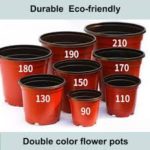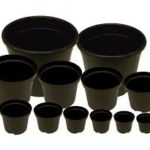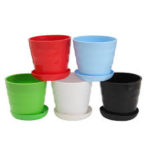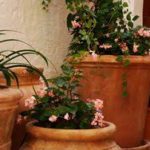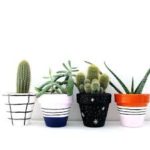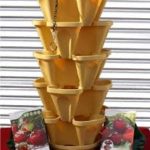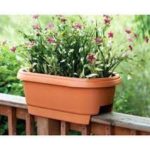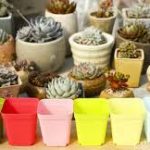Grow vegetables
How to plant or select a Plant Container or Pot
Size : As far as possible, try to use large pots or container for home gardening. Small containers or pots soil dry out more quickly and may require frequent watering.
Weight of the Container: All plants need soil or soil media for their growth. Amount of soil each pot need defines the weight of the container. After filling the pot with water, weight of the pot becomes heavy. Hence, you’ll want to think about weight. Three are various sizes of Pots available and you may choose the pot size depending on the type of the plant, plant overall weight its appearance and place where the container will be placed.
Appearance: while deciding the container, you will want to consider the appearance of the container as well. Containers give the look to the house or the place it is placed. Many varieties of container are available on online and in the market to choose. Once has to decide their taste and other preferences for their house interior look and buy the pots. Even fabric pots or bags are good for growing vegetables. With all the colourful type of planters, you can improve whimsy to your home garden.
Depth: depending on the type of the plant, Most importantly, you’ll need to think about the depth of the container you’ll be growing in. As the plant grows, its root needs space. Plants with deep root systems will be stunted and unhealthy if they don’t have adequate space. It is recommended to use large containers for Vegetables and medium size containers for Show plants.
Remember that the deeper the pot, the larger the reservoir of moist soil and the less often you’ll need to water. The exception is a Self-Watering Planter. In this case, the depth of the planting area can be kept to a minimum because moisture is provided by a water reservoir below the planting area.
Here are the minimum soil depths for healthy growth. Keep in mind that you can get by with less depth if you use a self-watering planter.
- 4-5″: chives, lettuce, radishes, other salad greens, basil, coriander
- 6-7″: bush beans, garlic, kohlrabi, onions, Asian greens, peas, mint, thyme
- 8-9″: pole beans, carrots, chard, cucumber, eggplant, fennel, leeks, peppers, spinach, parsley, rosemary
- 10-12″: beets, broccoli, okra, potatoes, sweet corn, summer squash, dill, lemongrass
